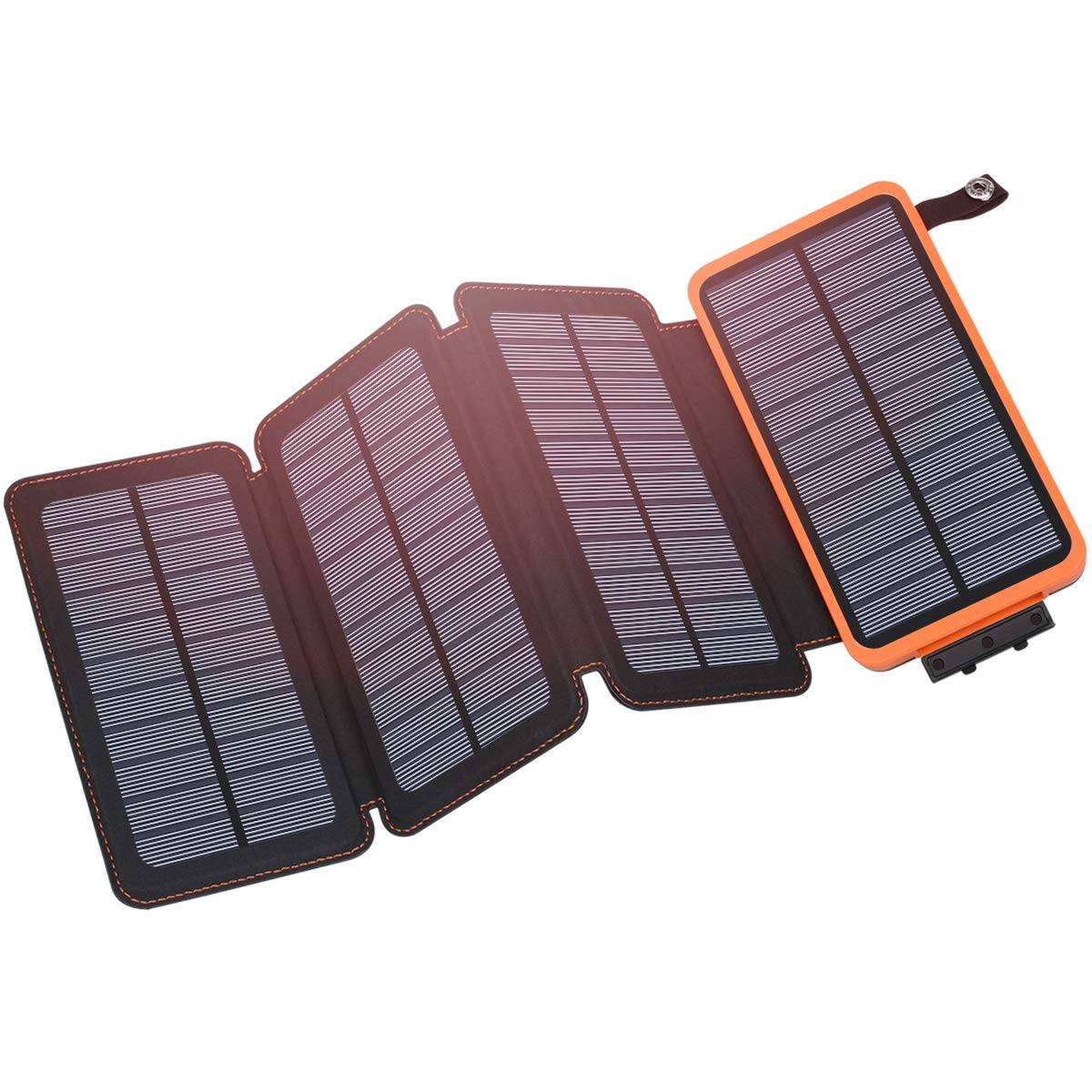A battery bank for solar stores energy generated by solar panels for use when sunlight is unavailable. It ensures a consistent power supply.
Solar energy has become a popular choice for sustainable living. A battery bank plays a crucial role in maximizing the efficiency of a solar power system. Storing excess energy produced during peak sunlight provides a reliable power source during cloudy days or nighttime.
Selecting the right battery bank involves considering capacity, lifespan, and compatibility with your solar setup. Lithium-ion batteries are commonly preferred due to their efficiency and long life. Investing in a quality battery bank enhances energy independence and can significantly save electricity bills.
Harnessing The Sun: The Role Of Battery Banks In Solar Systems
Solar energy is a sustainable and renewable resource. It helps reduce electricity bills and carbon footprints. But what happens when the sun goes down or on cloudy days? This is where battery banks come into play. They store solar energy for use when sunlight is not available.
Storing Solar Energy: How Battery Banks Work
Battery banks store excess electricity generated by solar panels during the day. This stored energy can be used at night or during cloudy days. Battery banks consist of multiple batteries connected to form a single unit. These batteries can be lithium-ion, lead-acid, or other types.
| Battery Type | Advantages | Disadvantages |
|---|---|---|
| Lithium-Ion | High efficiency, long lifespan | Higher cost |
| Lead-Acid | Lower cost, reliable | Shorter lifespan, lower efficiency |
Solar panels generate Direct Current (DC) electricity. Battery banks store this DC electricity. An inverter converts this stored DC electricity to Alternating Current (AC) for household use.
Critical Benefits Of Adding A Battery Bank To Your Solar Setup
Adding a battery bank to your solar setup has many advantages:
- Energy Independence: You can use stored energy during power outages.
- Cost Savings: Reduce electricity bills by using stored solar energy at night.
- Environmental Impact: Decrease reliance on fossil fuels, reducing your carbon footprint.
- Increased Efficiency: Battery banks improve the efficiency of your solar system.
Battery banks also help manage energy consumption. You can store energy during low-demand periods and use it during peak hours. This helps in saving money and ensuring a continuous power supply.
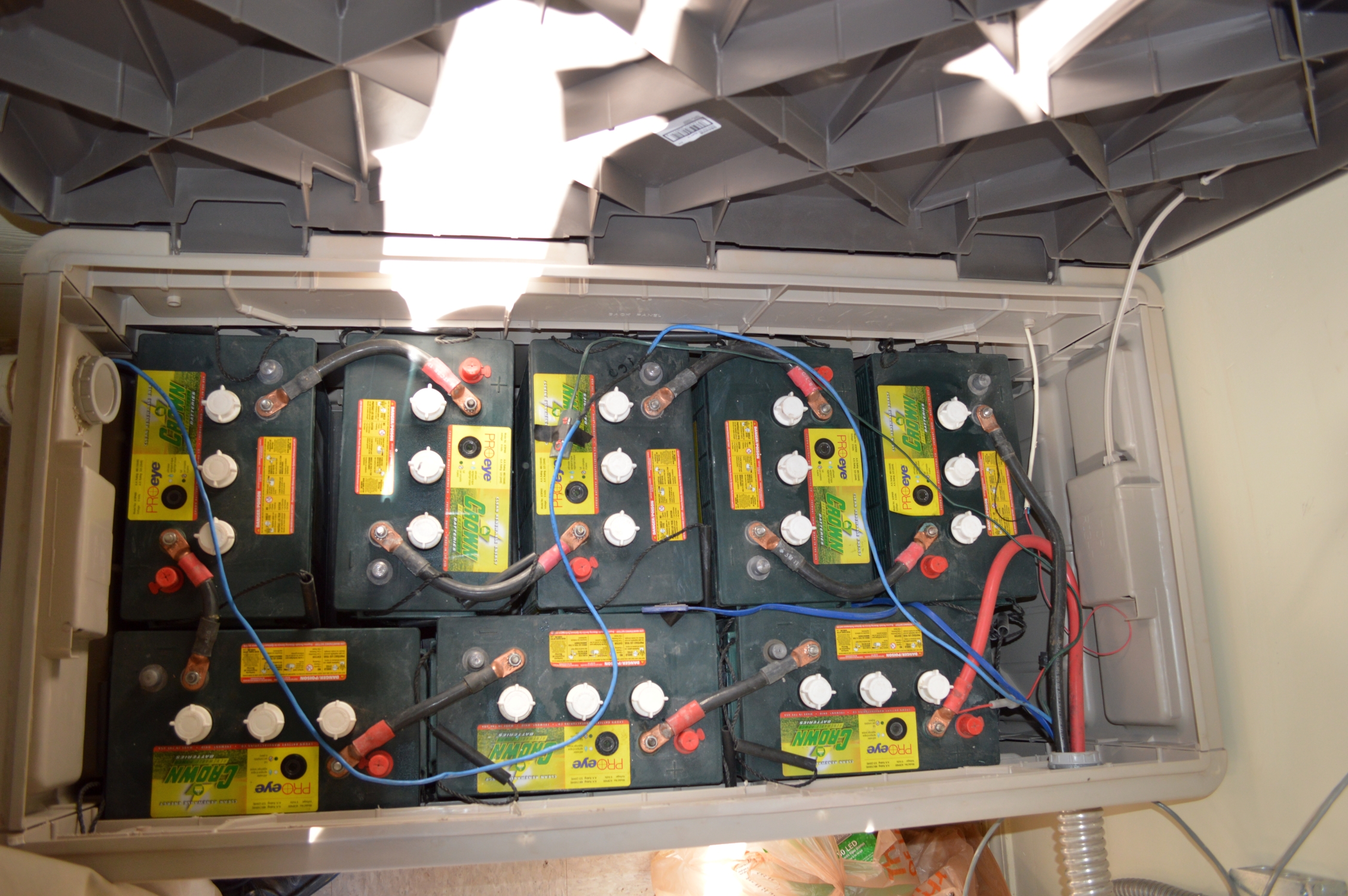
Credit: www.solarpowerworldonline.com
Types Of Batteries Used In Solar Applications
Solar energy storage is crucial for reliable power supply. Different batteries are used to store solar power. Every kind has advantages and disadvantages of its own. Let’s dive into the most common types of batteries used in solar applications.
Lead-acid Versus Lithium-ion: A Comparison
Lead-acid batteries are the oldest type used for solar energy storage. They are cost-effective and reliable. Lead-acid batteries come in two main types: Flooded and Sealed (AGM and Gel). Flooded batteries need maintenance but are cheaper. Sealed batteries require no maintenance.
Lithium-ion batteries are newer and more efficient. They charge more quickly and last longer. Lithium-ion batteries are also lighter and take up less space. They are more expensive but offer better performance.
| Feature | Lead-Acid | Lithium-Ion |
|---|---|---|
| Cost | Lower | Higher |
| Lifespan | Shorter | Longer |
| Maintenance | Required | Not Required |
| Weight | Heavier | Lighter |
Emerging Battery Technologies For Solar Energy Storage
New battery technologies are making solar energy storage better. Some emerging types include Flow Batteries, Sodium-Ion Batteries, and Solid-State Batteries. These technologies promise more extended life, higher efficiency, and safer operation.
- Flow Batteries: These use liquid electrolytes. They are scalable and offer a long life.
- Batteries that employ sodium instead of lithium are called sodium-ion batteries. They are cheaper and more abundant.
- Solid-State Batteries: These use a solid electrolyte. They have a greater energy density and are safer.
Determining Your Energy Storage Needs
Understanding your energy storage needs is crucial for a successful solar setup. The right battery bank ensures you have power when the sun isn’t shining. This section will guide you through calculating solar energy usage and sizing your battery bank for optimal performance.
Calculating Your Solar Energy Usage
Start by calculating your daily energy usage to determine your energy storage needs. This involves understanding how much electricity you consume each day. Follow these simple steps to calculate your energy usage:
- List all the appliances you use daily.
- Note their wattage and the number of hours they run each day.
- Multiply the wattage by the hours to get daily watt-hours for each appliance.
For example, if you use a 100W light bulb for 5 hours a day:
100W 5 hours = 500 watt-hours
Sum up the daily watt-hours of all appliances to get your total daily energy consumption. This total helps you understand how much energy your battery bank needs to store.
Sizing Your Battery Bank For Optimal Performance
You can size your battery bank once you know your daily energy usage. A well-sized battery bank provides enough energy during cloudy days or nights. Follow these steps:
- Determine the number of days you want to store energy.
- Multiply your daily energy usage by the number of storage days.
- Choose a battery with enough capacity to meet this total.
For instance, if your daily usage is 3000 watt-hours and you want 3 days of storage:
3000 watt-hours 3 days = 9000 watt-hours
Convert watt-hours to amp-hours based on your battery voltage. For a 12V battery, divide the watt-hours by 12:
9000 watt-hours / 12V = 750 amp-hours
Ensure your battery bank can store at least 750 amp-hours. This will provide reliable energy storage for your needs.
| Appliance | Wattage | Hours Used Daily | Daily Watt-Hours |
|---|---|---|---|
| Light Bulb | 100W | 5 hours | 500 watt-hours |
| Refrigerator | 150W | 24 hours | 3600 watt-hours |
| Television | 200W | 4 hours | 800 watt-hours |
By following these steps, you can determine your energy storage needs accurately. This ensures your solar system performs efficiently and reliably.

Credit: www.amazon.com
Installation Essentials For Solar Battery Banks
Setting up a solar battery bank ensures you harness solar energy efficiently. A proper installation is essential for both safety and maximum performance. The basics are covered in this tutorial to help you get started.
Selecting The Right Location For Battery Storage
Choosing the correct spot for your battery bank is essential. Here are some considerations:
- Temperature Control: Batteries should be stored in a cool, dry place. Avoid areas that experience extreme temperatures.
- Ventilation: Ensure the location has good airflow. This helps prevent overheating and prolongs battery life.
- Accessibility: The battery bank should be easy to access for maintenance and inspections.
Safety Precautions And Best Practices In Installation
Prioritize safety during installation. Follow these best practices:
- Wear Safety Gear: Always use protective gloves and eyewear when handling batteries.
- Proper Tools: Use insulated tools to prevent accidental short circuits.
- Tight and Secure Connections: Verify that every connection is made securely. Loose connections can lead to sparks and fires.
- Follow Manufacturer Guidelines: Adhere to the installation instructions provided by the battery manufacturer.
| Essential Tool | Purpose |
|---|---|
| Insulated Screwdriver | Prevent electrical shorts |
| Voltmeter | Measure battery voltage |
| Wire Stripper | Prepare wires for connection |
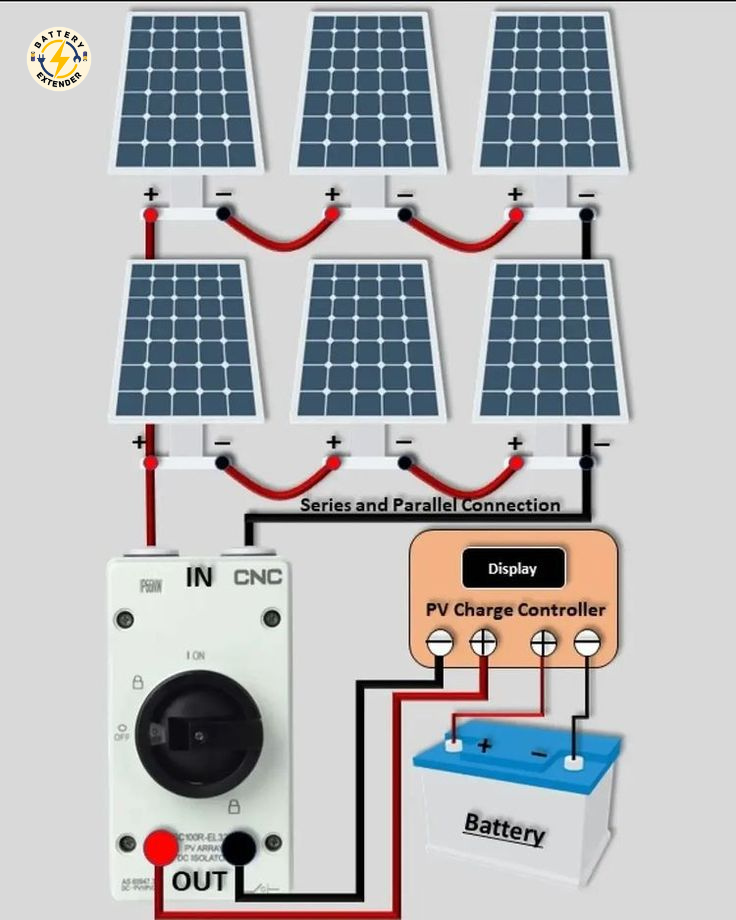
Maintaining Your Solar Battery Bank
Proper maintenance of your solar battery bank is essential for long-term performance. Regular checks and troubleshooting can extend its lifespan. This section covers routine checks and joint issues.
Routine Checks And Balancing For Longevity
Performing routine checks is vital for your solar battery bank’s health. Here are some key activities:
- Inspect Battery Terminals: Check for corrosion and clean terminals with baking soda.
- Monitor Charge Levels: Ensure batteries are not overcharged or undercharged to avoid damage.
- Check Electrolyte Levels: For lead-acid batteries, maintain proper electrolyte levels. Use distilled water to refill.
- Temperature Monitoring: Keep batteries in a stable environment. Extreme temperatures can affect performance.
Balancing the battery bank ensures the charge is even distributed. Use a battery balancer or equalizer to achieve this. Balancing prevents any single battery from being overworked.
Common Issues And Troubleshooting Tips
Even with regular maintenance, issues can arise. Here are common problems and how to address them:
| Issue | Symptom | Solution |
|---|---|---|
| Undercharging | Low power output | Check solar panels and connections. Ensure sufficient sunlight exposure. |
| Overcharging | Swollen batteries | Adjust charge controller settings. Inspect for faults. |
| Corroded Terminals | Poor connection | Clean terminals with a baking soda solution. Use petroleum jelly to stop corrosion from happening again. |
| Temperature Fluctuations | Decreased battery efficiency | Use insulation or a battery box. Maintain stable temperatures. |
If you encounter other issues, consult the manufacturer’s guide. Always follow safety precautions during maintenance.
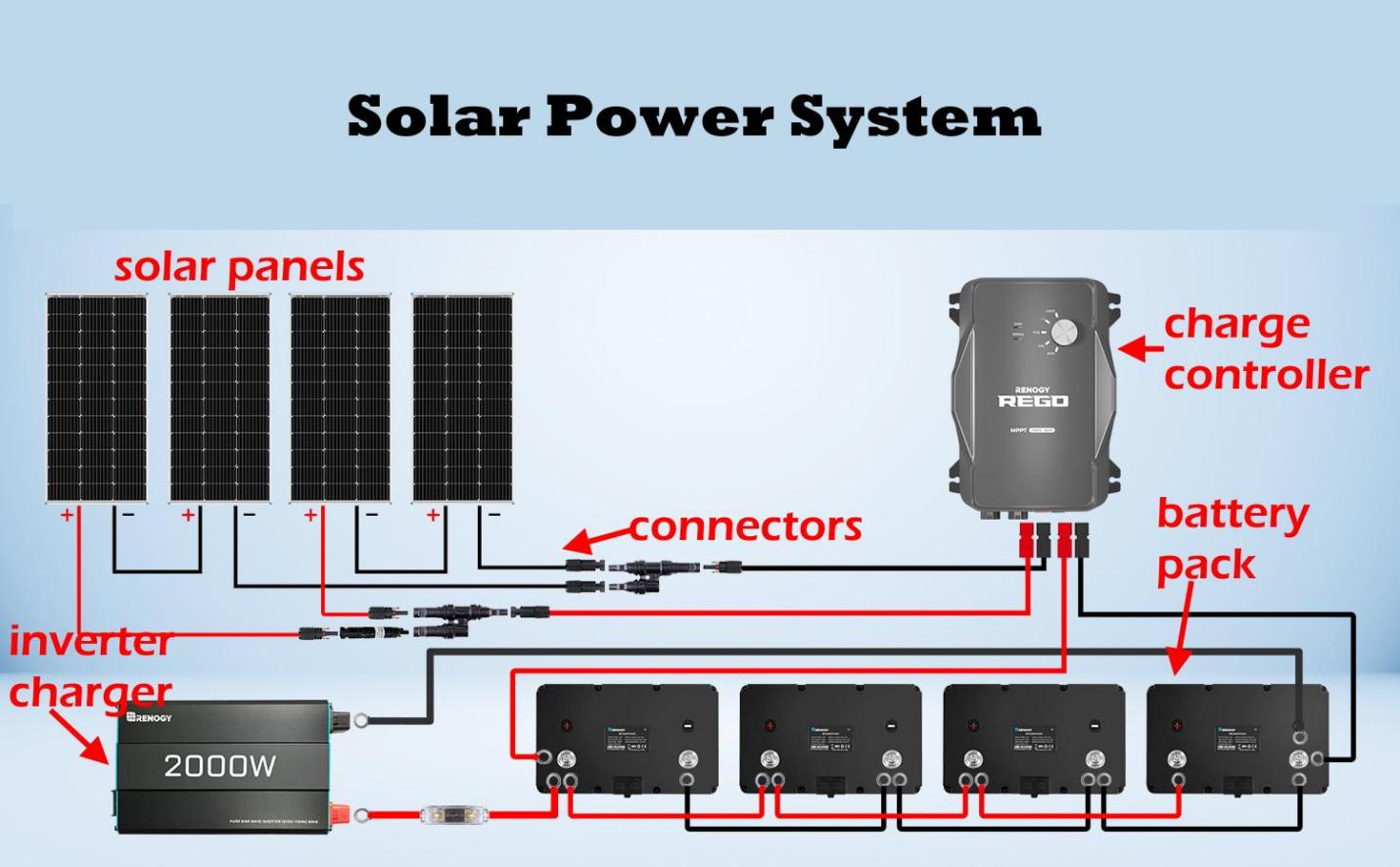
Credit: www.renogy.com
Cost Analysis And Financial Incentives
Purchasing a solar battery bank can pay you financially. Understanding the costs and available incentives is crucial. This section will break down the investment and highlight the financial perks.
Investing In A Solar Battery Bank: The Breakdown
Purchasing a solar battery bank involves several costs. These include the initial purchase price, installation fees, and maintenance expenses.
| Cost Component | Price Range |
|---|---|
| Initial Purchase | $5,000 – $7,000 |
| Installation Fees | $1,000 – $2,000 |
| Maintenance Expenses | $100 – $300 annually |
Initial purchase prices vary based on battery capacity. Installation fees depend on labour and system complexity. Annual maintenance ensures the system runs smoothly.
Tax Credits And Subsidies For Solar Energy Storage
Many governments offer financial incentives for solar energy storage. These incentives significantly reduce the overall cost.
- Federal Tax Credits: Offers up to 26% off the total cost.
- State Rebates: Varies by state and can cover up to 50% of expenses.
- Local Incentives: Some local programs provide additional savings.
Federal tax credits can save you thousands. State rebates and local incentives further reduce the financial burden.
Understanding these costs and incentives helps in making an informed decision. Investing in a solar battery bank can be both sustainable and economical.
Environmental Impact And Sustainability
Using solar power is a great way to help the planet. It reduces our reliance on fossil fuels. But, it’s essential to understand the full impact of solar battery banks. This includes their green footprint, recycling, and disposal.
The Green Footprint Of Solar Battery Banks
Solar battery banks provide clean energy. They store energy from the sun. This reduces carbon emissions. It helps fight climate change. Using solar power means less pollution. It implies purer water and air.
Solar battery banks have a smaller carbon footprint than traditional batteries. They use less harmful materials. They have a longer lifespan. This means fewer batteries end up in landfills.
Solar energy is renewable. It’s endless. It makes our planet healthier. Solar battery banks play a big part in this process.
Recycling And Disposal Of Solar Batteries
Recycling solar batteries is essential. It helps reduce waste. It saves valuable materials. Many solar batteries are recyclable. This includes lithium-ion batteries. It also includes lead-acid batteries.
Proper disposal is also important. If batteries are not disposed of correctly, they might damage the environment. They contain chemicals that can leak into the soil. They can pollute water sources.
Many places have special programs for recycling batteries. These programs ensure safe disposal. They help protect our planet.
Here is a table that shows the types of solar batteries and their recyclability:
| Type of Battery | Recyclability |
|---|---|
| Lithium-ion | High |
| Lead-acid | High |
| Nickel-cadmium | Moderate |
| Nickel-metal hydride | Moderate |
Recycling programs are growing. They make it easier to recycle solar batteries. This ensures that the materials are reused. It reduces the need for new materials. It lessens the environmental impact.
By recycling and properly disposing of solar batteries, we help protect our planet. We make the use of solar power more sustainable.
The Future Of Solar Energy Storage
The future of solar energy storage is bright. With rapid advancements, battery banks are becoming more efficient. They are crucial for maximizing the benefits of solar power. Let’s explore the latest innovations and trends in this field.
Innovations In Battery Technology
New battery technologies are changing the solar energy landscape. Lithium-ion batteries are leading the way. They have high energy density and long lifespans.
Another exciting development is the solid-state battery. These batteries offer improved safety and efficiency. They are lighter and have a higher energy capacity.
Flow batteries are also gaining attention. They use liquid electrolytes and provide scalable energy storage. These batteries can store large amounts of energy, making them ideal for solar power systems.
The Growing Trend Of Self-sufficient Energy Homes
More homes are becoming self-sufficient in energy. They generate their power using solar panels and store it in battery banks. The desire for energy independence and sustainability drives this trend.
Self-sufficient homes often include smart energy management systems. These systems optimize energy use and storage. They ensure that homes have power even during outages.
Below is a table showing the benefits of self-sufficient energy homes:
| Benefit | Description |
|---|---|
| Energy Independence | Homes are not reliant on the grid for power. |
| Cost Savings | Reduced electricity bills and potential incentives. |
| Environmental Impact | Lower carbon footprint and reduced fossil fuel use. |
In summary, innovations in battery technology and the rise of self-sufficient energy homes are shaping the future of solar energy storage. These advancements promise a more sustainable and efficient energy landscape.
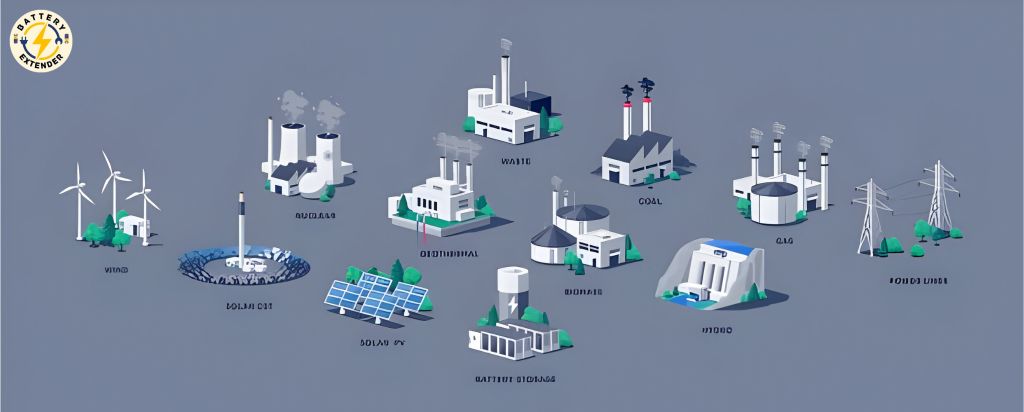
Frequently Asked Questions
What Size Battery Bank Is Ideal For Solar Power?
A good size battery bank for solar typically ranges from 5 kWh to 20 kWh. This depends on energy needs and usage patterns. For most homes, 10 kWh to 15 kWh is sufficient.
Is Battery Backup For Solar Worth It?
Yes, battery backup for solar is worth it. It provides energy during outages and maximizes solar power usage.
Which Battery Is Ideal For Solar Power?
The best battery for solar power is a lithium-ion battery. It offers high efficiency, long lifespan, and fast charging.
How Many Solar Panels Do I Need To Charge My Battery Bank?
To determine the number of solar panels, calculate your battery bank’s total watt-hours and divide by the panel’s daily watt output.
Conclusion
Choosing the right battery bank for your solar system is crucial for efficiency. It ensures energy storage and reliability. Consider your energy needs and budget. Proper maintenance extends battery life. Investing in a quality battery bank supports sustainable living and energy independence.
Start your journey towards a greener future today.


